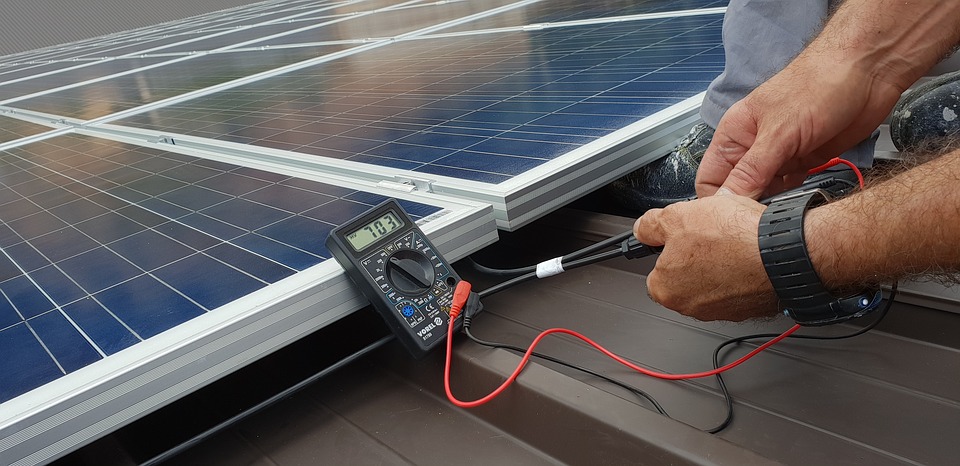
Harnessing Solar Power: The Art and Science of Solar Installation
The Solar Revolution Begins
Embarking on the journey of solar installation is akin to joining a revolutionary movement—tapping into the boundless power of the sun to fuel your home. Solar installation has evolved from a niche technology to a mainstream solution, offering homeowners a sustainable and cost-effective way to generate clean energy.
Understanding the Basics
At the heart of solar installation lies the photovoltaic (PV) system, the technology responsible for converting sunlight into electricity. The key components include solar panels, inverters, and a mounting system. Solar panels capture sunlight and convert it into direct current (DC) electricity, while inverters transform DC into alternating current (AC), which powers your home. The mounting system secures the panels in optimal positions to capture sunlight effectively.
Site Assessment and Planning
Before diving into solar installation, a thorough site assessment is crucial. Factors such as the angle and orientation of the roof, shading, and available sunlight hours play a pivotal role in determining the system’s efficiency. A professional installer assesses these elements, customizing the installation plan to maximize energy production and ensure the longevity of the solar system.
Choosing the Right Components
Selecting high-quality components is paramount for a successful solar installation. From monocrystalline or polycrystalline solar panels to advanced inverters, each component contributes to the overall performance of the system. Homeowners are presented with various options, allowing them to tailor the solar installation to their specific energy needs, budget, and aesthetic preferences.
The Installation Process Unveiled
Solar installation is a meticulous process that involves several key steps. First, the mounting system is securely attached to the roof. Next, solar panels are carefully placed and connected in an array. The inverter is then installed to convert the generated DC electricity into AC. Wiring and electrical connections complete the setup. Throughout the installation, safety measures are paramount, ensuring the system meets industry standards and local regulations.
Net Metering and Grid Connection
One of the significant advantages of solar installation is the potential for net metering. This system allows homeowners to send excess energy back to the grid, earning credits that can offset electricity bills during periods of low sunlight. The grid connection provides a reliable backup, ensuring a continuous power supply even when solar production is insufficient.
Explore Solar Installation at solar installation
For those ready to embark on the solar journey, solar installation is the gateway to a wealth of information and insights. This platform guides homeowners through the nuances of solar installation, offering valuable resources and expert advice to make informed decisions. It’s not just about installing solar panels; it’s about harnessing the power of the sun for a sustainable and energy-efficient home.
Dive into the world of solar installation at solar installation and discover the art and science of harnessing solar power for your home. Illuminate your life with clean and sustainable energy.
